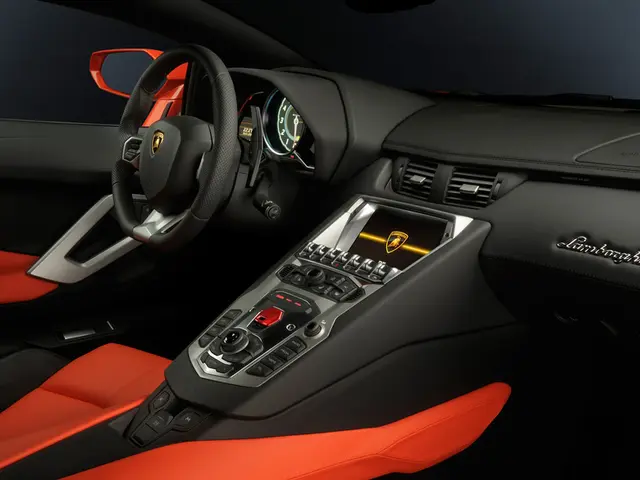Small Device Insights: What enables a compact phone camera to capture high-quality images?
In the world of photography, smartphone cameras have revolutionised the way we capture moments. Gone are the days of bulky cameras with complex mechanical parts, as smartphones have adopted an electronic shutter system that offers faster shutter speeds, silent shooting, and less mechanical complexity [1].
Unlike traditional cameras, which use a physical curtain to expose the sensor to light, smartphone cameras control the sensor's exposure time electronically. This method eliminates vibration and wear from moving parts, providing a smooth and efficient process [1].
Despite the inferior hardware compared to traditional cameras, smartphone camera photos look good on screens thanks to advanced software processing and computational photography techniques [1][3]. Smartphones rely heavily on image processing algorithms that enhance sharpness, correct colours, reduce noise, and merge multiple exposures to improve dynamic range. Features like HDR, multi-frame stacking, and AI-based enhancements compensate for smaller sensors and lenses, resulting in visually pleasing images optimised for screen viewing.
Moreover, screens typically do not require extremely high resolution or depth of field that larger sensors provide, so the end result appears high quality to most viewers [1][3]. To summarise, smartphones trade hardware size and complexity for computational power to deliver great images on typical displays [1][3].
While the camera on even the best phones lacks focal depth, is made of plastic instead of glass, and has a small sensor, the software is crucial in turning the stream of light information into a photograph. The sensor in a smartphone camera is an array of light-sensitive electronic devices called photodiodes. The data collected by the electronic shutter is constantly streamed until it's told to stop [1].
The charge well, a storage capacitor, collects the flow of electrons from each pixel in a smartphone camera. This charge is converted into a specific voltage, then run through a filter and amplifier to "clean" up the signal, and into an analog to digital converter [1]. The process produces a 10-bit (or 12-bit or even 14-bit) number for each pixel [1]. The data is then sent to specialized chips and software from companies like Google, Apple, or Qualcomm for adjustment [1].
Interestingly, about 10 years ago, a disposable Barbie-themed camera performed better than several expensive smartphones in a test, highlighting the significant strides made in smartphone camera technology [2]. Today, the camera on most modern smartphones often produces high-quality photos despite having inferior hardware compared to traditional cameras [1][3].
In conclusion, smartphone cameras have come a long way in offering excellent photo quality on typical displays, thanks to their electronic shutter systems and advanced software processing. Despite their compact hardware, they deliver impressive results, making them an indispensable part of our daily lives.
Given the advancements in technology, smartphones with their smart camera systems have become integral gadgets in our daily lives, offering an impressive photographic performance suitable for screen viewing. The electronic shutter systems and image processing algorithms, such as HDR, multi-frame stacking, and AI-based enhancements, compensate for the smaller sensors and lenses, enabling smartphones to produce high-quality images.
Technology has played a significant role in evolving smartphone cameras, transforming them from underperforming devices into devices that can stand shoulder to shoulder with traditional cameras when it comes to image quality on screens. This development serves as a testament to the rapid progress of smartphone technology, making our everyday gadgets more sophisticated and versatile.




